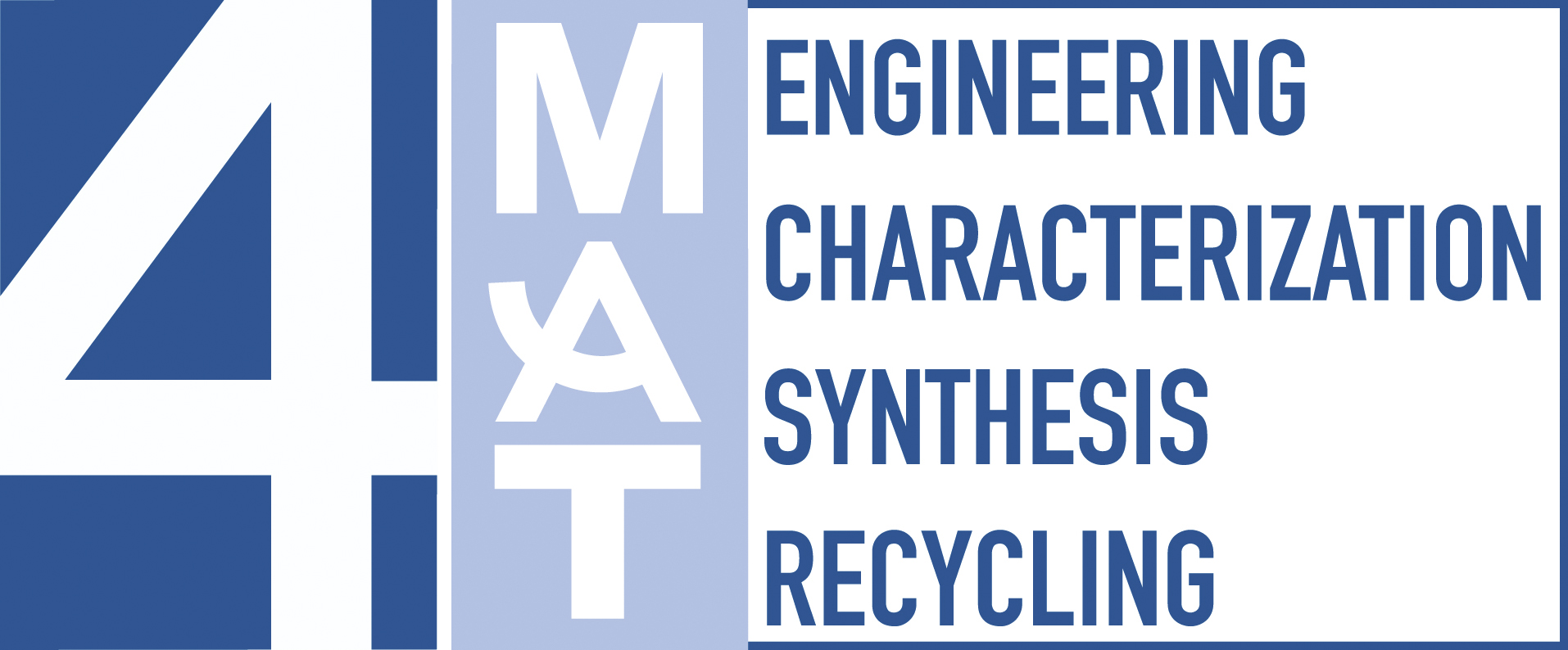In the same section
Master thesis topics 2025-2026
Master thesis topics 2024-2025
Master thesis 2022-2023
- Guillaume Ruhlmann - Optmization of post treatments for Additively Manufactured aluminum, collaborating with Safran Aero Boosters
- Marine Lorvelec - Interfaces, Interphases,” which aims to bring together opalescent glass and artisanal ceramics
- Achille Vincart - Study of damage in Ti alloys
- Arnaud Garot - Study of Fe6.5Si printed by additive manufacturing
- Florent Jauquet - Relationship between the structure and properties of aluminoborate glasses
Master thesis topics 2024-2025
- Recycling Lithium ion batteries – Creating Sustainable Pathways
Master thesis 2023-2024
- Lea Duboz – Development of nanostructured glasses with improved properties for industrial applications
- Lea Dumas - New Titanium alloys with damage tolerance for 3D printing: a necessary development for the energy transition in aerospace
- Romain Giaux – Up-Cycling Aluminium for 3D printing applications: application to high-strength alloys for the aerospace industry
- Samuel Collot & Maya Daussin – Natural & recyclable composites for next-generation automotive: study of damage behaviour via quantitative microscopy
- Nathan Kail – Medieval glasses: provenancing and experimental reconstitution of the recipe
Master thesis 2022-2023
- Thomas Gruzelle – Recycling critical metals from samarium cobalt magnet waste
- Alexis Schiby – Rare earth recovery combined with electricity production in a fuel cell
- Murat Tanriverdi – An acid free closed-loop recycling of Lithium batteries
- Guillaume Mac Donough –
- Pablo Segarra Duran –
- Mickael Leicht –
- Thibaut Henri Motteu –
Updated on October 17, 2025
